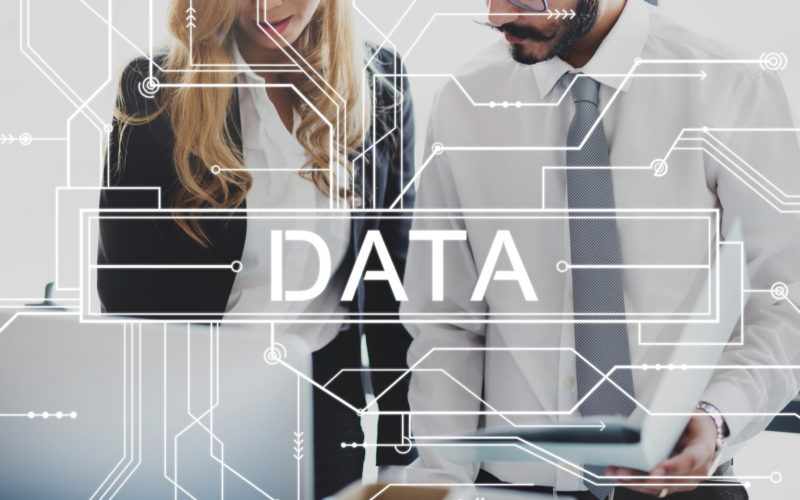In an age where data drives decisions across industries, education is increasingly harnessing the power of data science to transform learning experiences and outcomes. Data science—encompassing techniques such as statistical analysis, machine learning, and predictive modeling—provides educators with tools to personalize instruction, enhance student engagement, and streamline administrative processes. Much like the precision and strategic foresight seen in crypto prop trading, where data analysis informs trading decisions, data science in education is set to shape the future of learning, making it more adaptive, efficient, and inclusive.
Personalized Learning Experiences
One of the most transformative applications of data science in education is the creation of personalized learning experiences. Traditional teaching methods often cater to the average student, which can leave some students behind and others unchallenged. Data science changes this by analyzing individual student data, including learning styles, progress, and areas of difficulty.
Adaptive learning platforms utilize machine learning algorithms to customize educational content in real-time. For example, if a student shows proficiency in mathematics but struggles with reading comprehension, the platform can adjust the difficulty level and type of exercises accordingly. This approach ensures that every student receives a tailored education that meets their unique needs, akin to how crypto prop trading systems dynamically adjust strategies based on market analysis to optimize results.
Enhancing Teacher Effectiveness
Data science also plays a crucial role in enhancing teacher effectiveness. By analyzing data on student performance and engagement, educators can identify successful teaching methods and areas needing improvement. For instance, if data reveals that students perform better in interactive group projects than in lectures, teachers can incorporate more collaborative activities into their lessons.
Additionally, predictive analytics can help identify students who are at risk of falling behind. Early warning systems use data to flag these students, enabling teachers to intervene with personalized support, such as additional tutoring or tailored lesson plans. This proactive approach ensures that no student is left behind, mirroring the precision of crypto prop trading, where data-driven insights guide timely and strategic decisions.
Curriculum Development and Optimization
Curriculum development benefits significantly from data science. Educators can use data analytics to assess the effectiveness of different curricular components, ensuring that teaching materials and methods remain relevant and effective. By continuously analyzing student outcomes, educators can identify which parts of the curriculum are working well and which need revision.
For instance, if data shows that students consistently struggle with a particular topic, educators can investigate and adjust the curriculum accordingly. This iterative process of refinement, driven by data insights, ensures that educational content evolves in response to student needs, much like how crypto prop trading strategies are refined based on market performance data.
Improving Administrative Efficiency
Beyond the classroom, data science enhances administrative efficiency in educational institutions. School administrators can use data analytics to optimize resource allocation, improve scheduling, and streamline operations. Predictive models can forecast enrollment trends, helping schools plan for future staffing and resource needs more effectively.
Moreover, data-driven decision-making enhances transparency and accountability. By tracking key performance indicators—such as attendance rates, test scores, and graduation rates—administrators can identify areas for improvement and implement data-driven policies. This approach ensures that schools operate efficiently, and that resources are used effectively, paralleling the strategic resource allocation in crypto prop trading.

Bridging Educational Gaps
Data science holds the potential to bridge educational gaps and promote equity. By analyzing data on student demographics, performance, and resource access, educators can identify disparities and develop targeted strategies to address them. For example, if data reveals that students from certain socioeconomic backgrounds are underperforming, schools can allocate additional resources and support to these students.
Furthermore, data science enables the customization of educational content to meet diverse learning needs, ensuring that all students have the opportunity to succeed. This focus on equity and inclusion aligns with the principles of crypto prop trading, where data analysis is used to identify and capitalize on opportunities, ensuring balanced and informed decision-making.
Preparing Students for the Future
Incorporating data science into education not only enhances learning experiences today but also prepares students for a data-driven future. As data science and analytics become increasingly integral to various industries, understanding these concepts will be crucial. Early exposure to data science through education equips students with valuable skills, including critical thinking, problem-solving, and data literacy.
By engaging with data science tools and concepts, students learn to analyze information, make evidence-based decisions, and adapt to new technologies. These skills are essential in a world where data informs nearly every aspect of life and work, much like the analytical and strategic skills honed in crypto prop trading.
Conclusion
Innovative learning with data science is shaping the future of education, offering personalized, efficient, and inclusive learning experiences. By leveraging data analytics, educators can tailor instruction, enhance teacher effectiveness, optimize curricula, and improve administrative efficiency. Just as crypto prop trading relies on precise data analysis to inform strategic decisions, the integration of data science in education ensures that teaching and learning are continuously evolving to meet the needs of all students. As technology advances, the potential for data science to further revolutionize education is immense, promising a future where every student can thrive.












